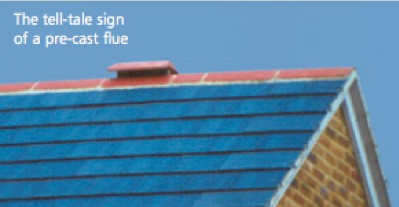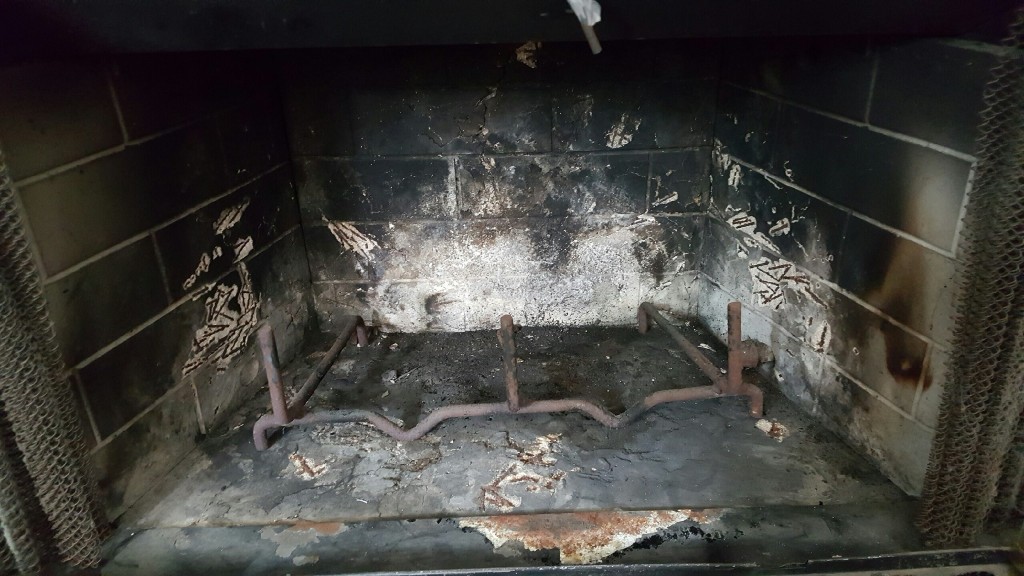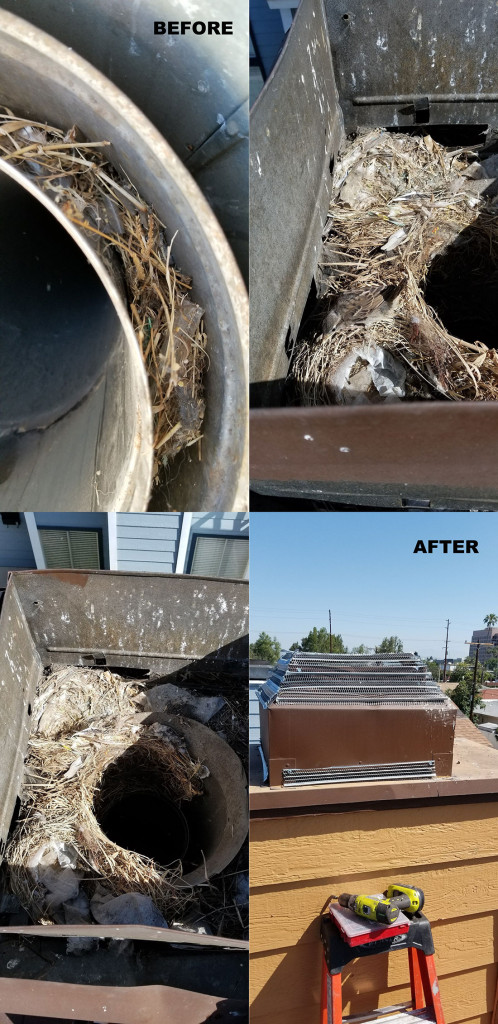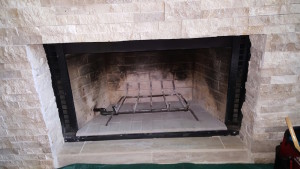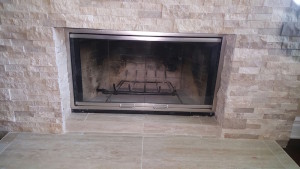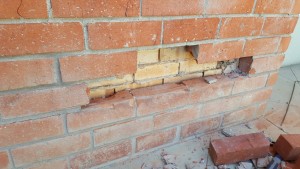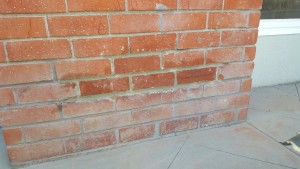Masonry chimneys and fires
The pictures show the inside of a chimney which has cracks and also the outside and top with a cracked crown.
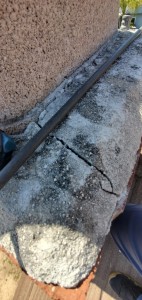 Signs you have had a chimney fire:
Signs you have had a chimney fire:
You may have had a dangerous fire in your chimney which has compromised the structure of your chimney, and not even know it. It is estimated that every year there are over 10,000 house fires caused by fires in a fireplace. In the last two weeks, we have spoken to realtors in Orange County who reported they knew of homes that burnt down or were severely damaged due to undetected problems in their chimneys. Read more



